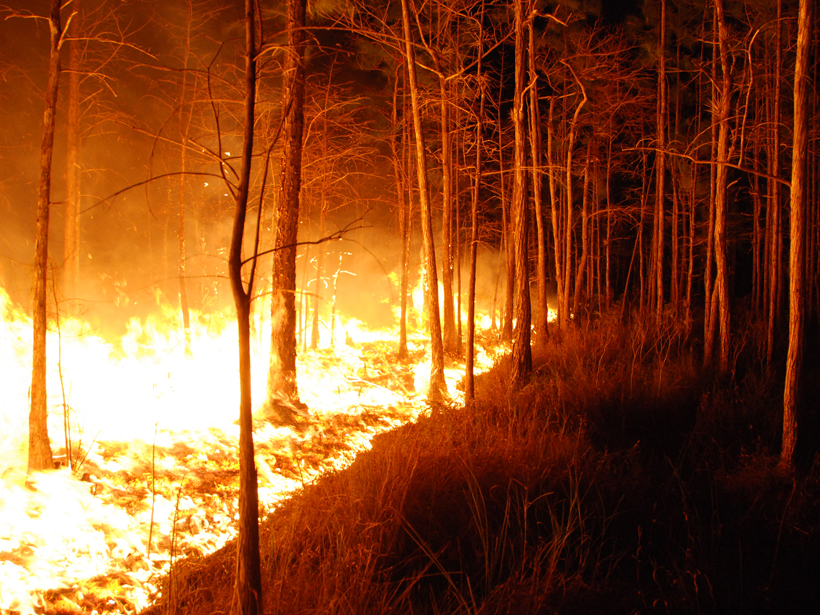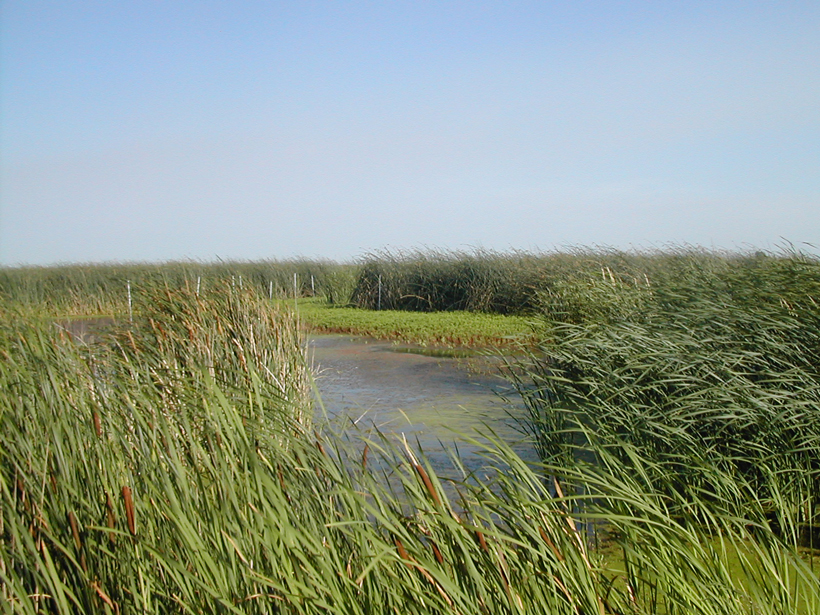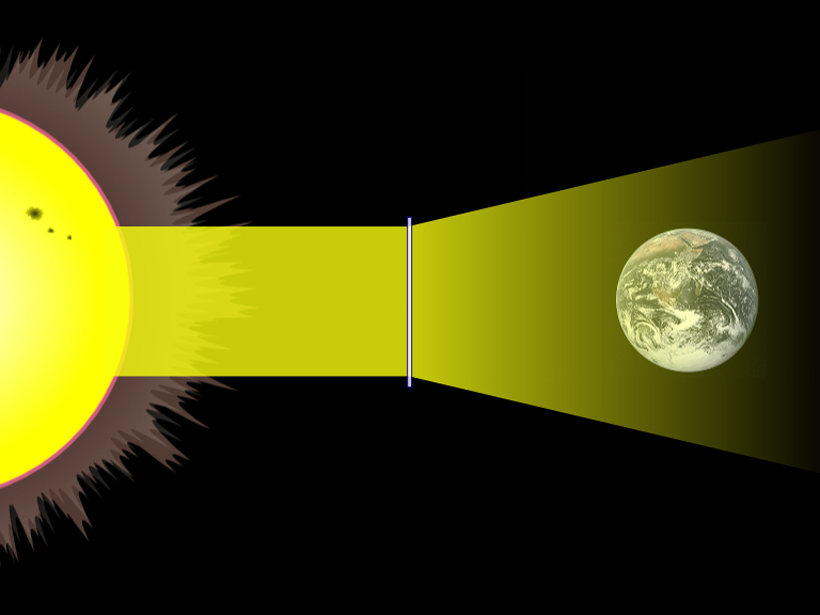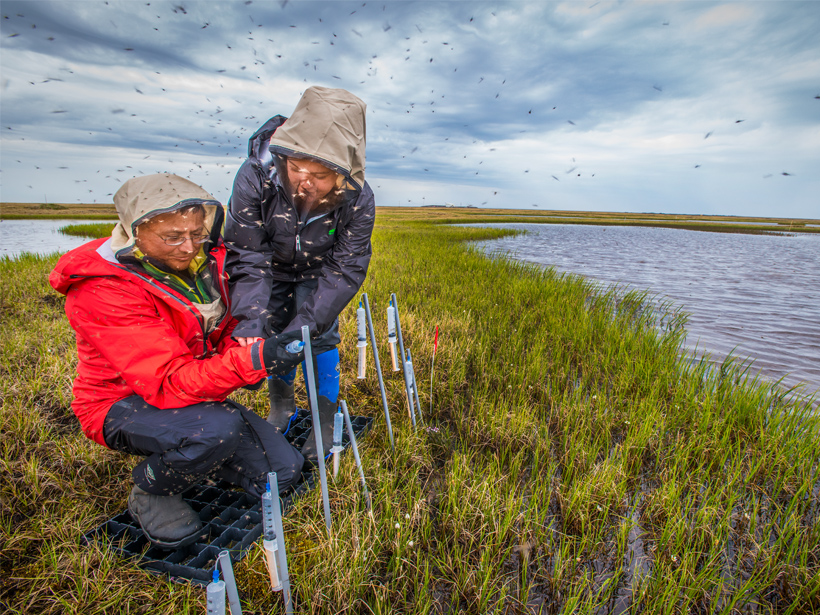Advances in Interdisciplinary Paleofire Research: Data and Model Comparisons for the Past Millennium; Harvard Forest, Petersham, Massachusetts, 27 September to 2 October 2015
carbon cycle
Tide Pools Mimic Climate Change in Everyday Cycle
Researchers unexpectedly discovered that tiny shoreline ecosystems act as miniature laboratories in which ocean acidification and its effects play out nightly.
Uncertainty Evaluations Improve Biogeochemical Simulations
Results from the first decade-long reanalysis simulation of northwest European shelf biogeochemistry show the importance of quantifying the uncertainty in these indicators to inform marine policy.
After a Century, Restored Wetlands May Still Be a Carbon Source
Methane emissions can drastically lower, or even reverse, the benefits of carbon sequestration in restored wetlands, according to new measurements from the Sacramento–San Joaquin Delta.
Moored Ocean Buoy Tracks Marine Carbon Cycle Variations
Years of data from a North Pacific ocean station show that the ocean's ability to pull carbon out of the atmosphere is controlled by biological and physical processes that change between seasons.
Early-Career Scientists Tackle Deep Carbon
Second Deep Carbon Observatory Early Career Scientist Workshop; São Miguel, Azores, Portugal, 31 August to 5 September 2015
New Paths in Geoengineering
National Center for Atmospheric Research Fifth Annual Geoengineering Model Intercomparison Workshop and Early Career Summer School; Boulder, Colorado, 20–24 July 2015
Deep-Sea Microbes Can Leave Records of the Past
Researchers use carbon signatures within sea sediments to identify microbial activity and also to date earthquakes.
Modeling the Future of Dissolved Organic Carbon in Boreal Forests
Climate change and forest harvesting will increase the concentration and flow of dissolved organic carbon in boreal streams.
Tracking Carbon in the Alaskan Arctic
Researchers trace carbon through Arctic soils and find an unlikely source of methane and surprisingly low methane oxidation in watersheds throughout northern Alaska.








